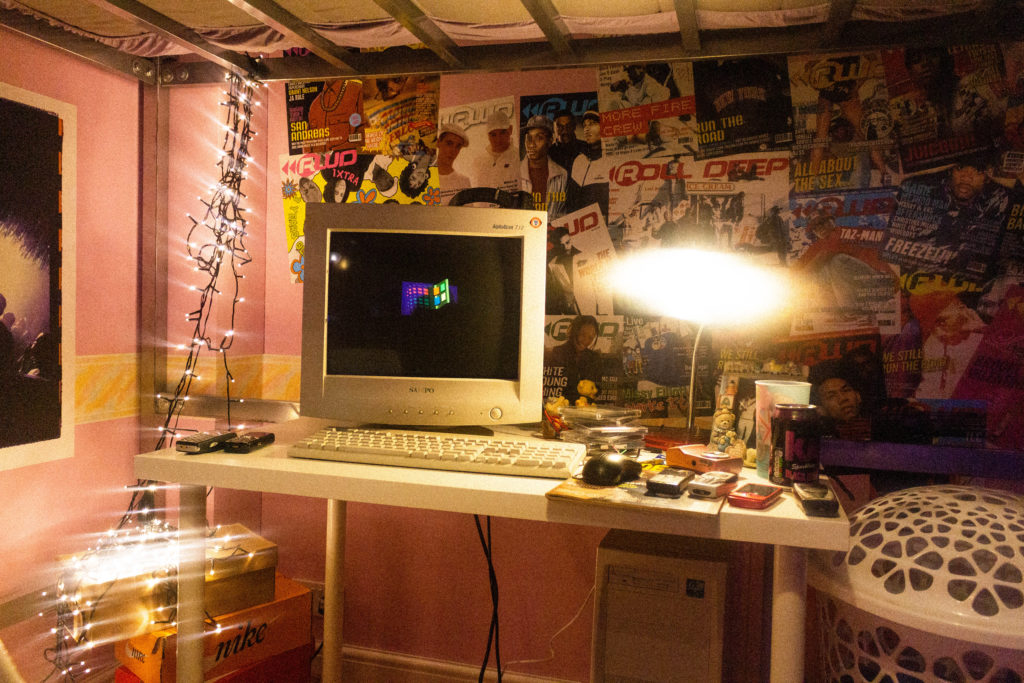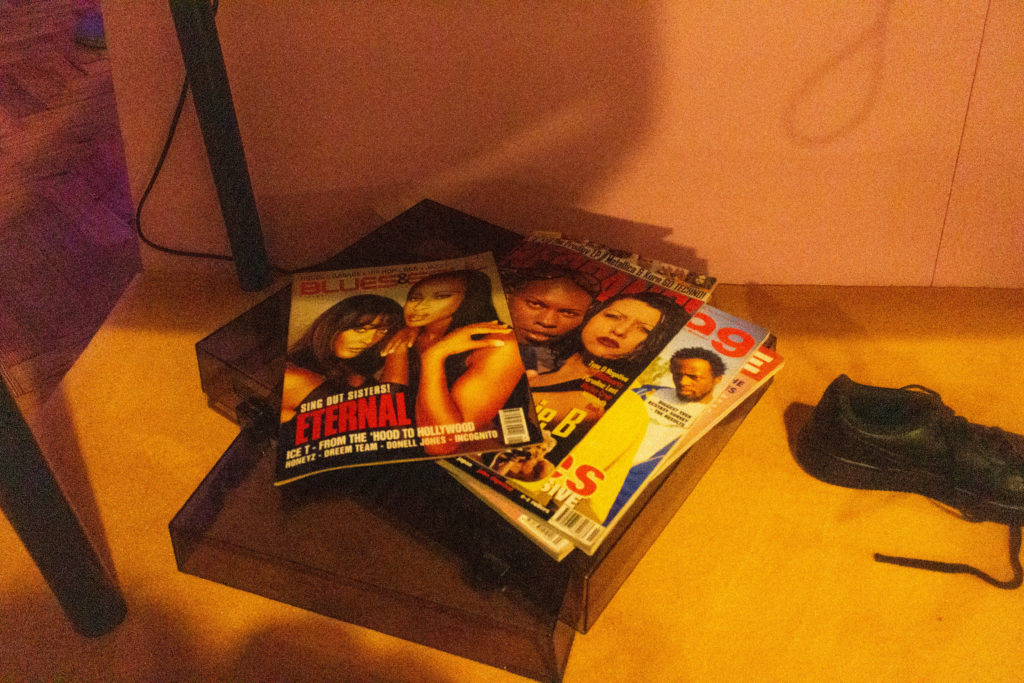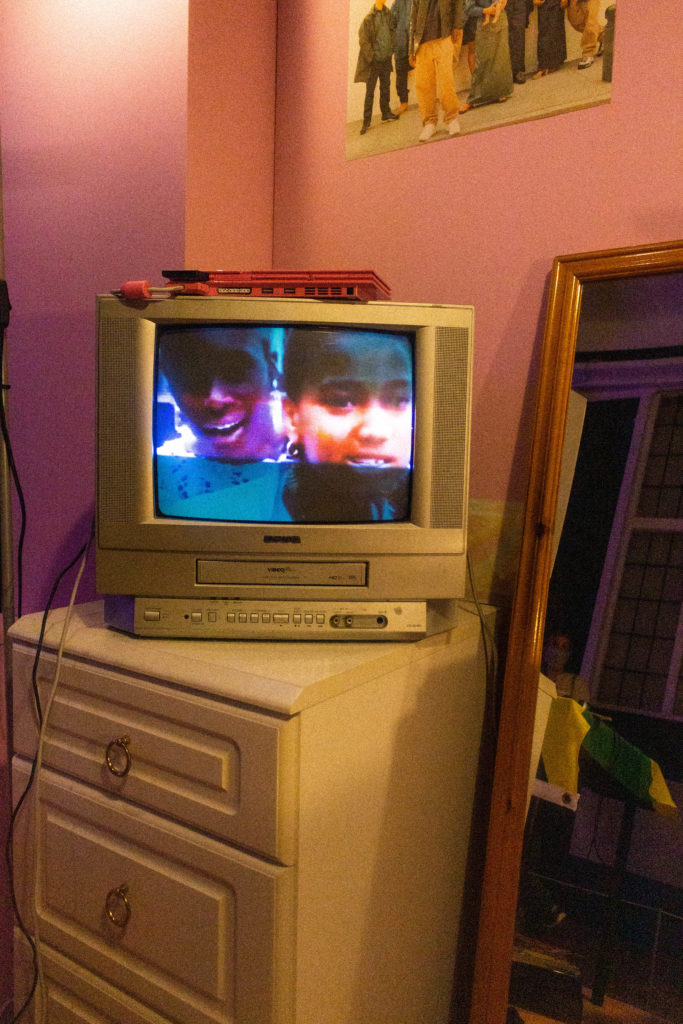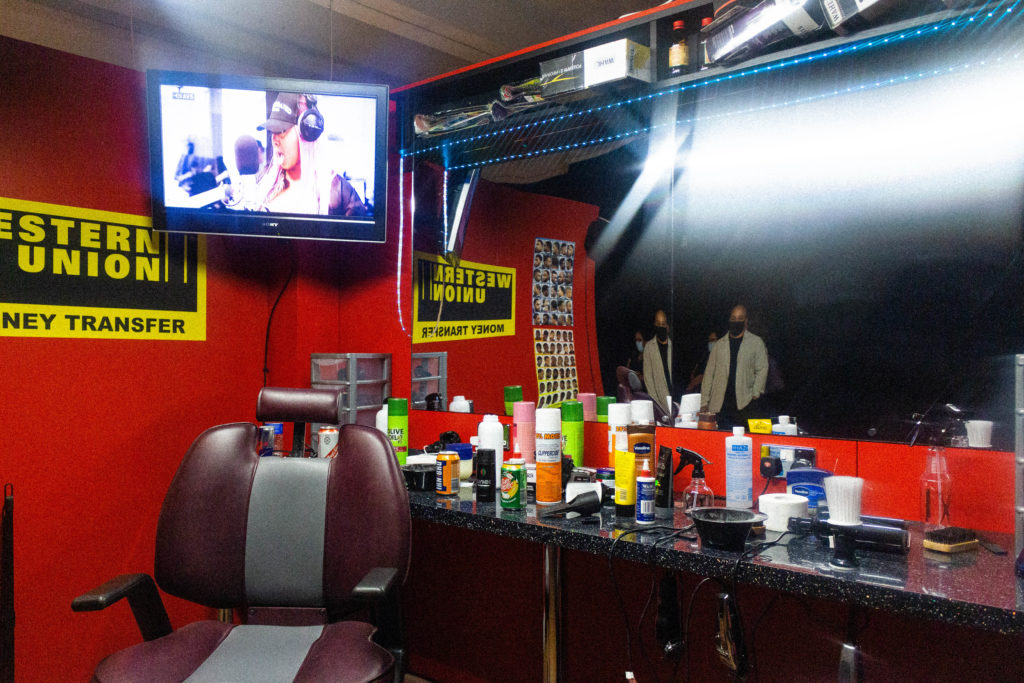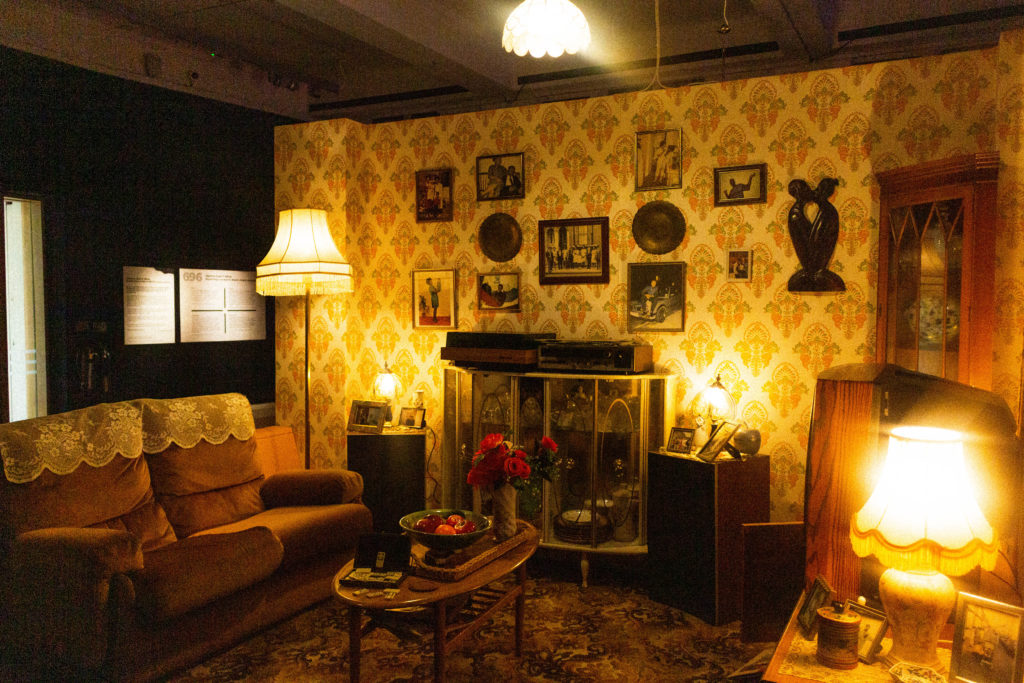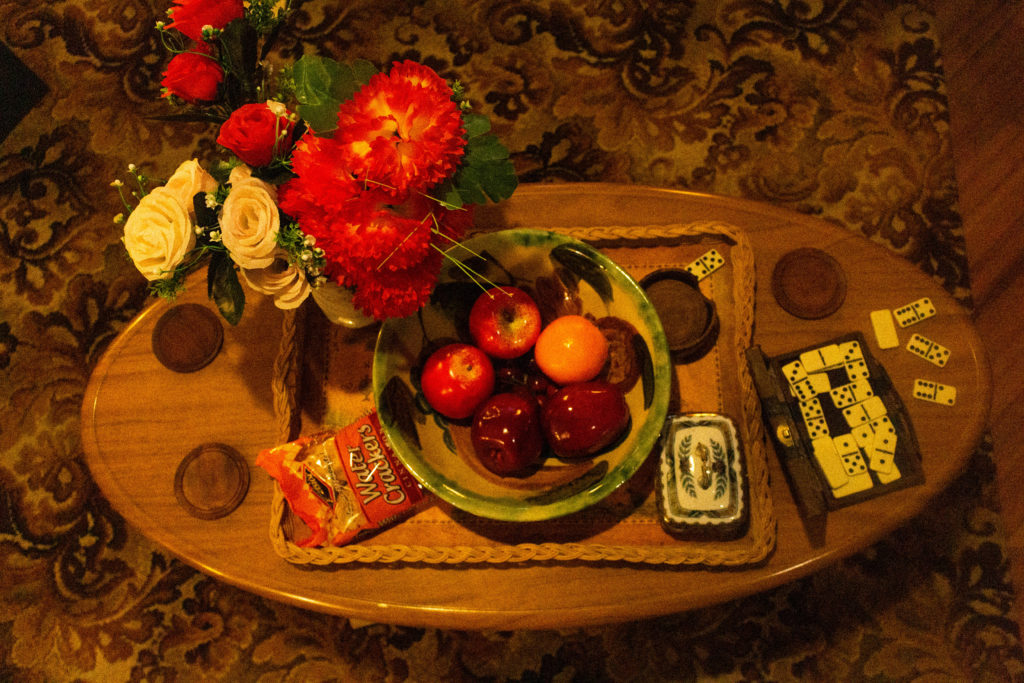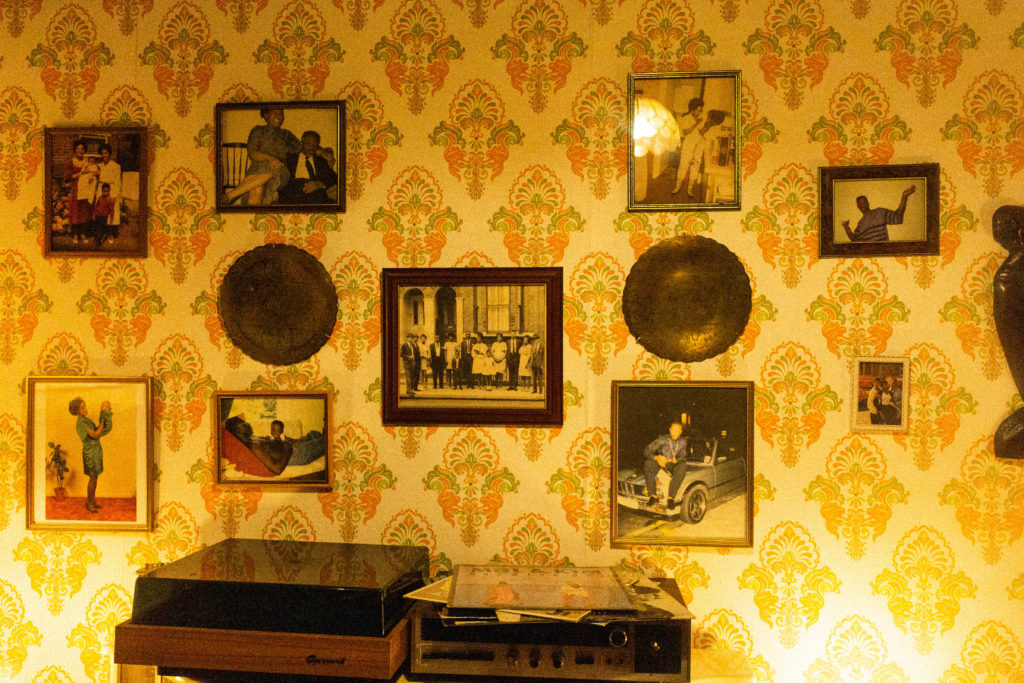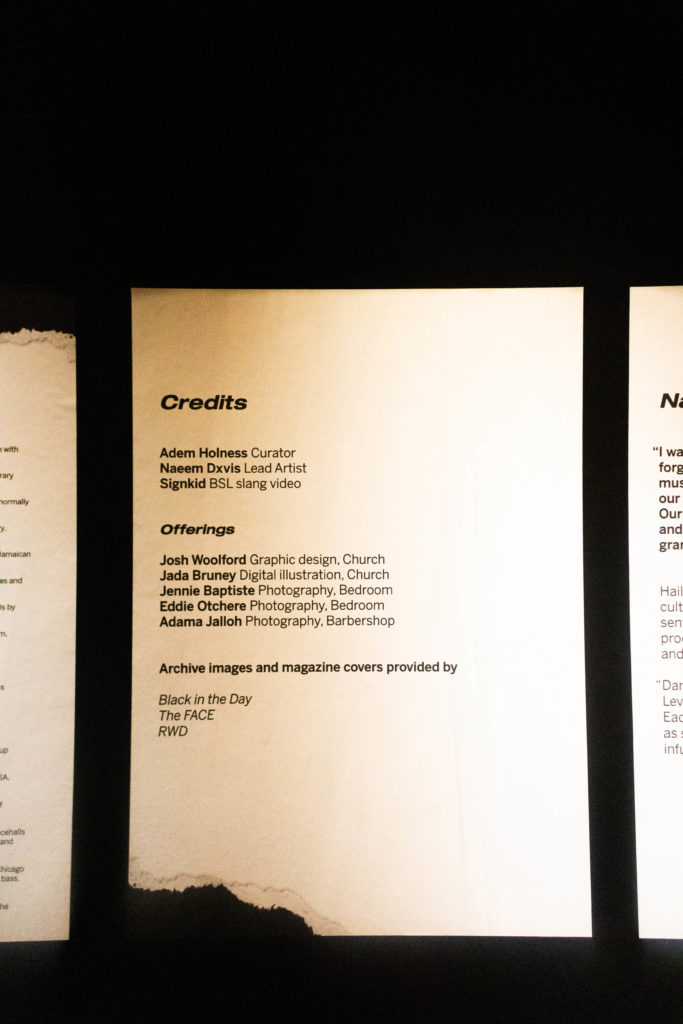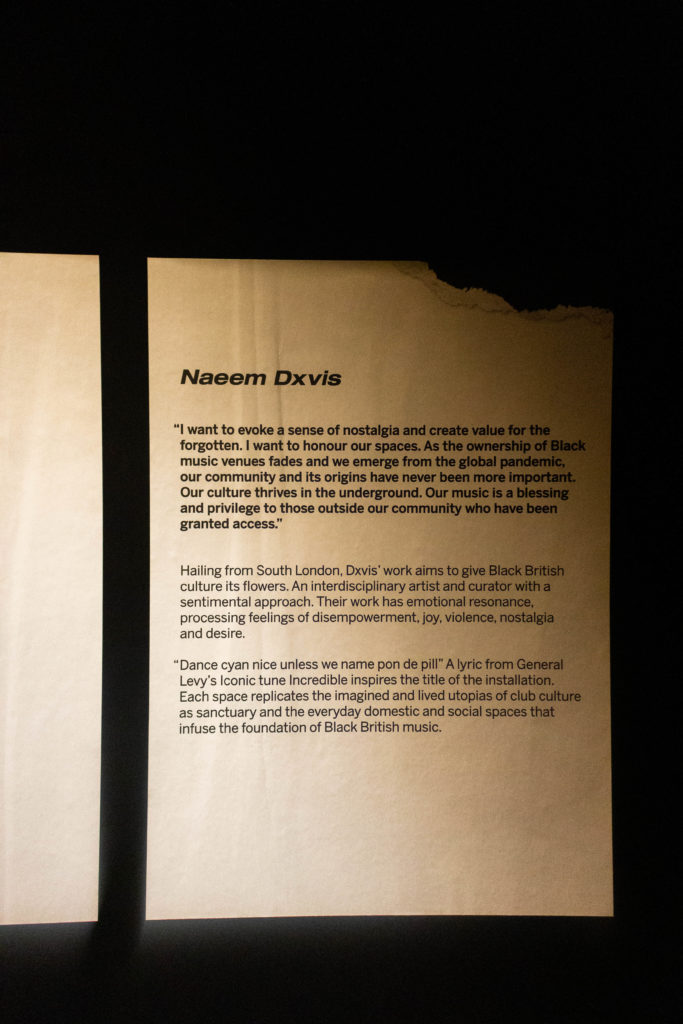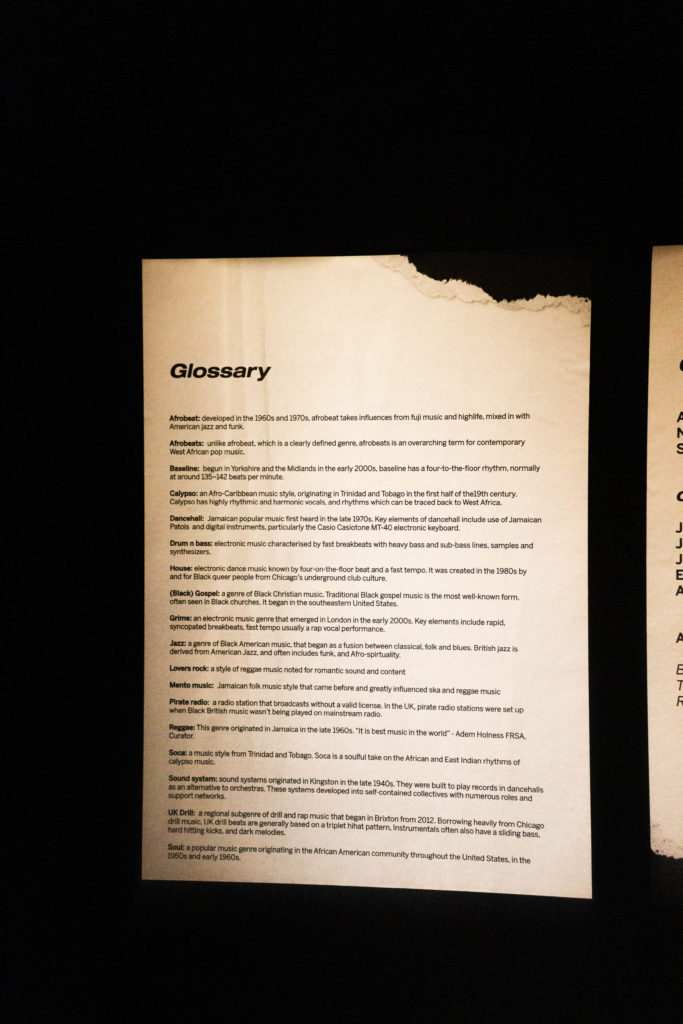696 Festival: The Programme Celebrating Black British Music & Spaces [@HornimanMuseum]
![696 Festival: The Programme Celebrating Black British Music & Spaces [@HornimanMuseum]](https://guap.co/wp-content/uploads/2021/09/IMG_3216-180x180.jpg)
696 is iconic in Black British music for the wrong reasons but Adem Holness has shown it is an interesting and important lens to look at music through.
The Horniman Museum is not necessarily a space you would automatically think of for music but you should, and programmes like the 696 Festival are reasons why. The programme was masterminded by Adem Holness the Music Curator at the Horniman Museum and Gardens. Beyond having Adem spearheading the Music programme at the institution, the museum actually has one of the most comprehensive collections of musical instruments of all types spanning instruments made in Ancient Egypt to more modern inventions. Adem gave us a private tour of the exhibition and then we sat down to discuss all things 696 Festival. Check out our interview below.
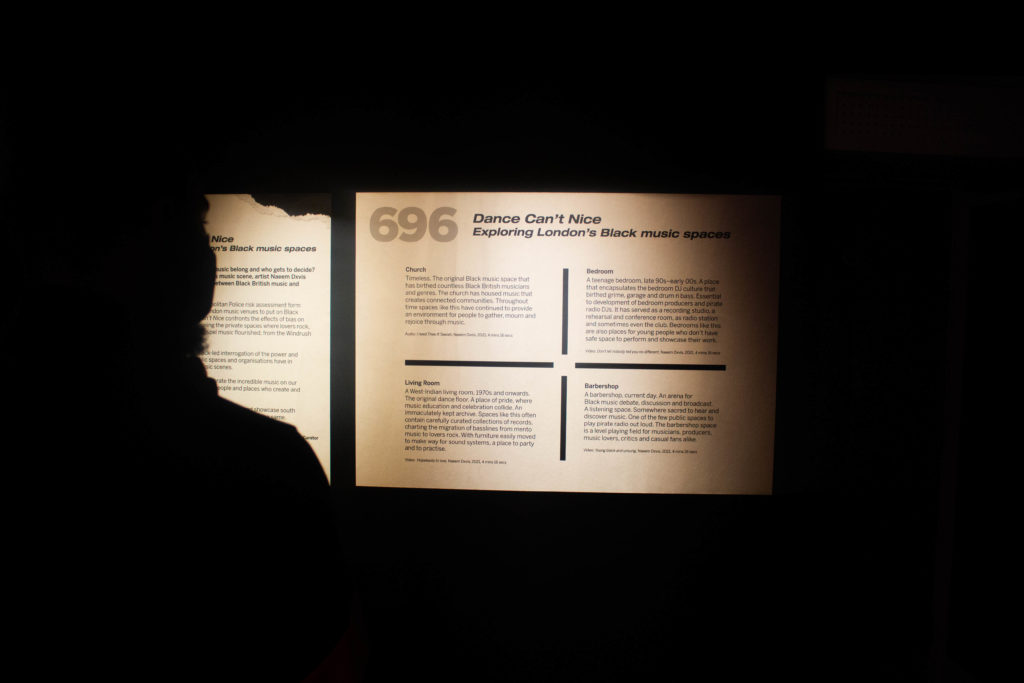
Could you tell us a bit about your role at the Horniman Museum?
The way museums work, we have these collections and spaces and my job is to connect them to people through stuff. I realised when I came into this role that we’ve got this incredible collection of musical instruments, the most comprehensive one in the country, and we’re in South East London. So if I was going to connect us to local music, that meant connecting to the Black music community. The way that I see it is that it’s about building bridges from the collection and our spaces to those people in a way that is helpful and interesting or inspiring.
Where did the inspiration for this current exhibition come from?
Knowing that was the ambition, and that we’re a museum with a colonial history, I was really aware that with engaging and interacting with the Black community I had to do it in the right way. I didn’t want it to feel forced or like we were imposing any ideas or cherry picking anything. So I started to think a lot about the relationship between Black live music and public space and reflected on how historically, and continually, it has been pushed out of public space. I thought if we were going to do this stuff and build these bridges it had to acknowledge that in a way that, hopefully, felt celebratory but was still fair and realistic so I thought 696 would be an interesting lens to look at it through – the form. That’s one way that Black British music has been pushed out of public space and it would be interesting to speak about that but also move the conversation on to celebrate what has happened anyway.

You mentioned the 696 form, why did you go with that as the title for the exhibition?
I thought it was a cool title. That was the first thing, but also it’s really about acknowledging how Black British music has been pushed out of public space. I wanted to pose it as a bit of a question, I wanted to ask the question of what the role of the Horniman would be in supporting our local music community and other people and wanting to bring attention to it.
My background is putting gigs on so I know about filling the form out, but it’s something that although it got a lot of coverage when it was ultimately scrapped I don’t think it’s something that’s necessarily in the forefront of people’s minds. It’s had such a big impact, for ten years in London you couldn’t really put on Black live music the way you could other genres. Ten years is a long time and that’s obviously had an impact on promoters, artists and audiences who haven’t been able to see their favourite shows. I wanted to bring attention to that and also ask what we should be doing to move forward.
You touched on the colonial past and having to be careful how you integrated the museum, but what would you say was the most difficult part of curating this exhibition?
For me what was really important was that it wasn’t just curated by the Horniman. I think every element of the programme – from the exhibition, to the work with young people, to the gigs, to the resident artists programme, all of it was done in partnership with people. It was about saying we’re here and we’re a resource to the local community and then working with partners – people like Skin Deep, Balamii, and more. It was about saying “This is your space, how do you want to use it?”. The shows with Skin Deep in the conservatory have been completely their model and how they like to do their Sonic Transmissions and us collaborating on how we could do that together.
There’s the physical exhibition but there’s been so much more, tell us a little bit more about what’s already been done as part of the programme.
One of the things I’m most proud of is our 696 promoters programme for people aged between 18 and 25 who are interested in putting on Black live music. We supported them and did it in partnership with the Job Centre to help people who were trying to get their first step on the career ladder. We were supporting them to put on their own show here and not treating it like its a young persons gig or a kind of side show [to the festival]. I’m really proud of that, it was funded by Youth Music and it wasn’t originally conceived as part of what this project was so I was really proud to have made that happen.
We’ve got our resident artist programme where we’ve got our five truly incredible artists who have been using the collection to make music or to do whatever they wanted to do. They pitched us their own projects: DemiMa was looking at the role of the drum in diasporic music and made a film about that, Roxanne Tataei has been sampling our harpsichord, Afronaut Zu and Eerf Evil have also been sampling some of our instruments to make some new music, and actually so is Richie. Then there’s been the festival which has been sold out all the way through.
What made now the right time for this exhibition?
It’s interesting because I started developing this programme two and a half years ago before the recent massive emergence of Black Lives Matter. I think in lots of ways that it’s really timely but to me its also something I feel like organisations like ours have to and should be doing but not just because of the climate we have right now. The whole thing is about addressing the imbalance and trying to create a level playing field. We are a publicly funded organisation and in the case of the Horniman our founder literally gifted us to the people of London, so we now and always have a responsibility to the local people of London, the people that fund us. So for me it’s not just a case of doing this right now because of Black Lives Matter, obviously they do matter and Black live music matters but it’s not just about doing it now.
As we walked around you mentioned the living room space as being your favourite space, why that one in particular?
I think for me the living room is like the original dancefloor. 696 is a really interesting hook to look at this stuff through but there’s such a parallel between that and “No Blacks, No dogs, No Irish” and our parents or grandparents not being able to have parties or celebrate and dance because they didn’t have access to public spaces then. I think those parallels are really important to acknowledge, it’s also really important to acknowledge that some of the best music in the world came from rooms like that. The theme through all of this stuff has been that although our music has been pushed out of public space it has still thrived anyway and managed to still impact the world and it started in rooms like that in little living rooms or bedrooms. For me, there’s a really personal connection but I think it’s important not just for our community but for music across the world.
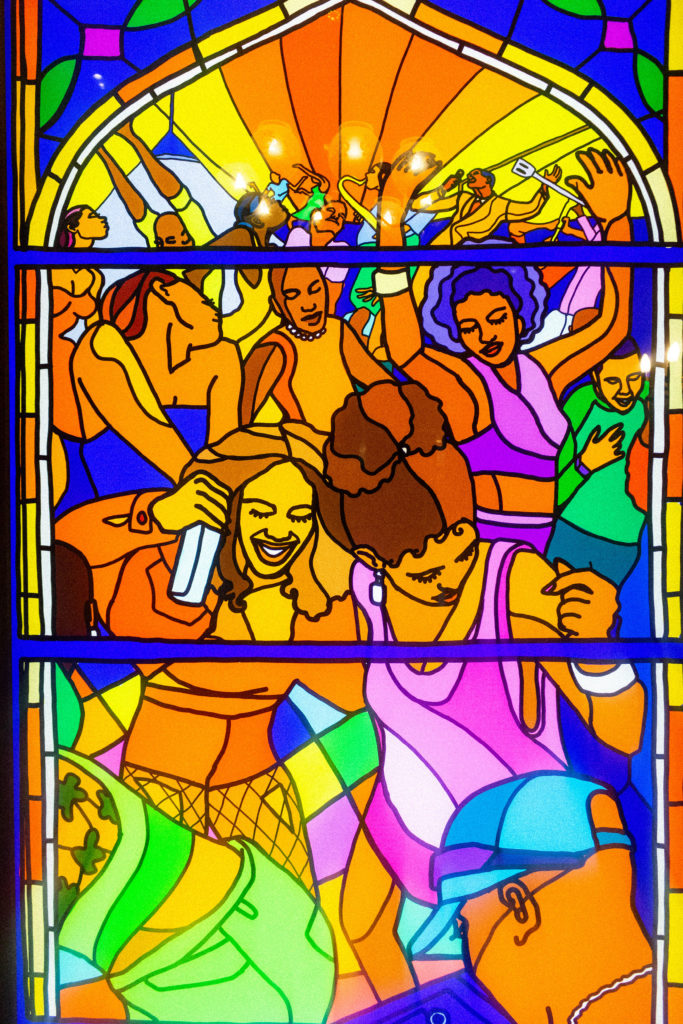
You can check out the exhibition until October 24th and find out more information about the programme and what’s going on at the Horniman Museum here.




![ZINO VINCI’S ‘FILTHY & DISGUSTING’EP BRINGS YOU TO THE CORE OF THE ARTIST [@ZinoVinci]](https://guap.co/wp-content/uploads/2023/10/Zino-4.jpg)

